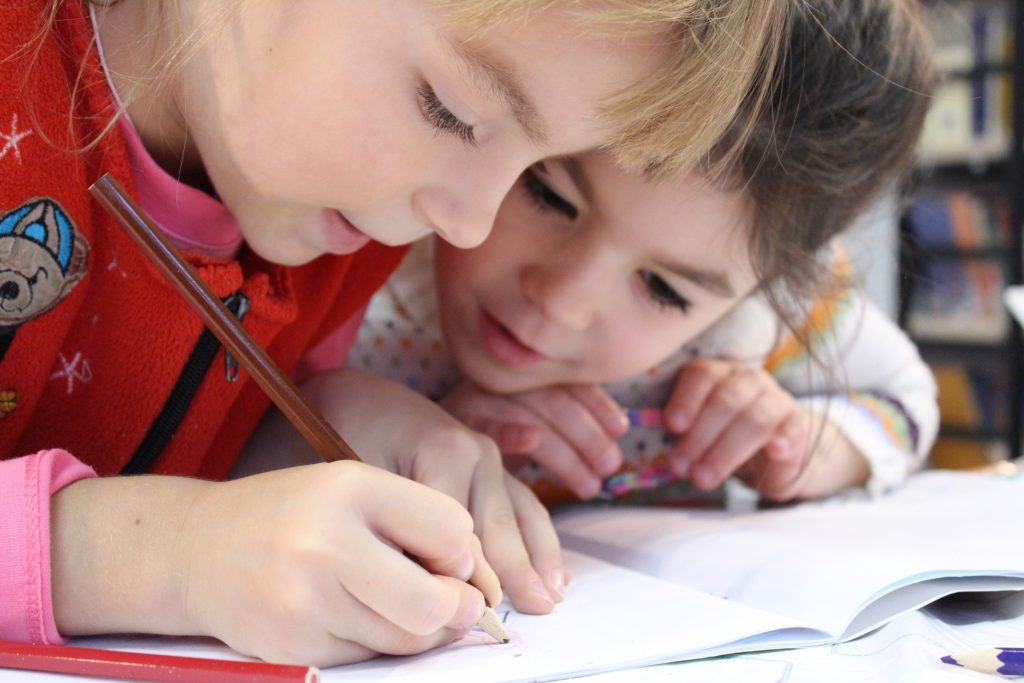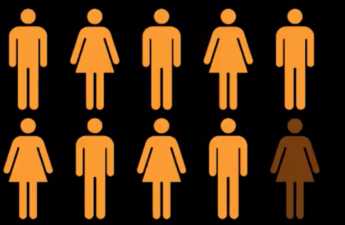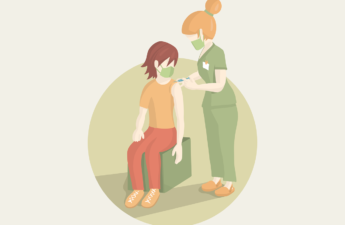Public Health Insider, Public Health – Seattle & King County

Cases of COVID-19 are on the rise again in King County, after two months of decline. As we move into the school year and into fall, a time when COVID-19 spreads more readily, it’s time to renew our commitment to fighting the spread of the virus in our community, for everyone’s sake.
It’s more important than ever to mask up, stay distant and limit your contacts with people outside your household. We’ve driven the case count down before, and we can do it again.
While daily case numbers fluctuate, public health experts look to longer, two-week snapshots as a more reliable way to gauge how the epidemic is growing or shrinking. Adjusting for population, we calculate a key “incidence” metric you may have heard of: cases over 14 days per 100,000 people.
This number is a key measure that the Washington Department of Health (DOH) uses to determine whether COVID transmission in a community is high, moderate or low, as it relates to the relative risk of reopening schools.
The recent rise in cases has pushed that number onto the wrong side of an important benchmark. The DOH considers 75 cases or more over two weeks per 100,000 to be a marker of relatively high risk for in-person learning. In King County, after about six weeks under that threshold, the 14-day incidence rate per 100,000 has rebounded into the 80s.
What does this mean for in-person school? The rise in community transmission highlights the importance of schools being prepared to implement the recommended COVID-19 health and safety measures before returning to in-person instruction.
At our current level of COVID-19 transmission, DOH guidance recommends distance learning for the vast majority of students, with limited in-person instruction to be considered only for those with the highest need, such as students with disabilities, students living homeless, those farthest from educational justice and younger learners.
For schools that have already brought back some students in-person, Public Health – Seattle & King County does not advise rolling back those measures at this time. Continuity for kids and educators is one important factor that school districts need to weigh before making quick shifts to all distance-learning, particularly for early grades.
The state’s guidance recommends younger students be prioritized to return to schools for in-person learning because they tend to struggle the most with online learning and are in a critical stage in their development.
Therefore, schools that are ready this week to begin bringing younger grades and students with special needs back into classrooms can continue cautiously, provided they are taking the precautions recommended by state and local health officials — that includes wearing masks, physical distancing in the classroom, improved ventilation, enhanced sanitation and grouping kids in cohorts to limit their exposure.
The community COVID-19 incidence rate is just one of the factors school districts need to consider in making decisions about in-person learning. Schools must also be able to meet COVID-19 health and safety requirements, and have a plan for monitoring and responding to any potential cases in their buildings. And crucially, input from families, staff and teachers will factor into decisions for every school and district.
The most effective thing we can do to allow kids to learn in person, and to protect our families, businesses and neighbors, is to reduce the amount of COVID-19 spreading in our communities.
That only works when each one of us does a few tried-and-true things consistently, even when it’s hard: wear a mask in public and always when around others indoors, keep at least 6 feet of space from others, limit your social gatherings to as few people outside your household as possible, avoid crowded indoor spaces, and, if you feel sick or had close contact with someone who is ill, isolate yourself from others right away and get a COVID-19 test.
More on how schools are making their plans in this Insider post.
Originally published 10/13/20


